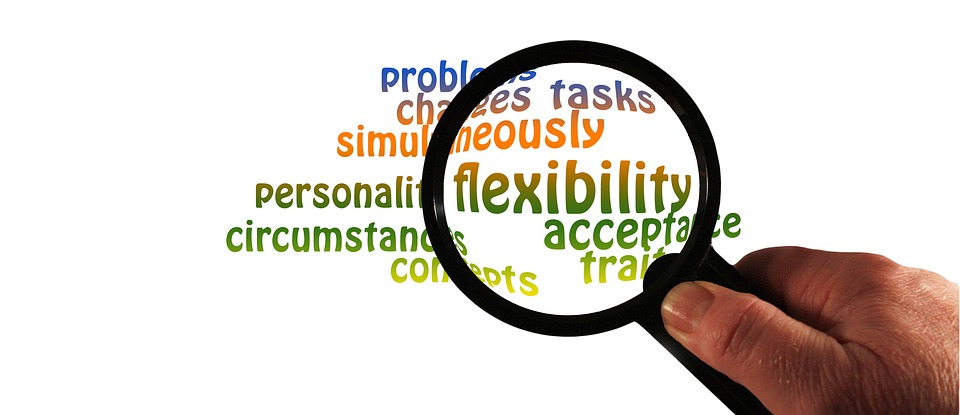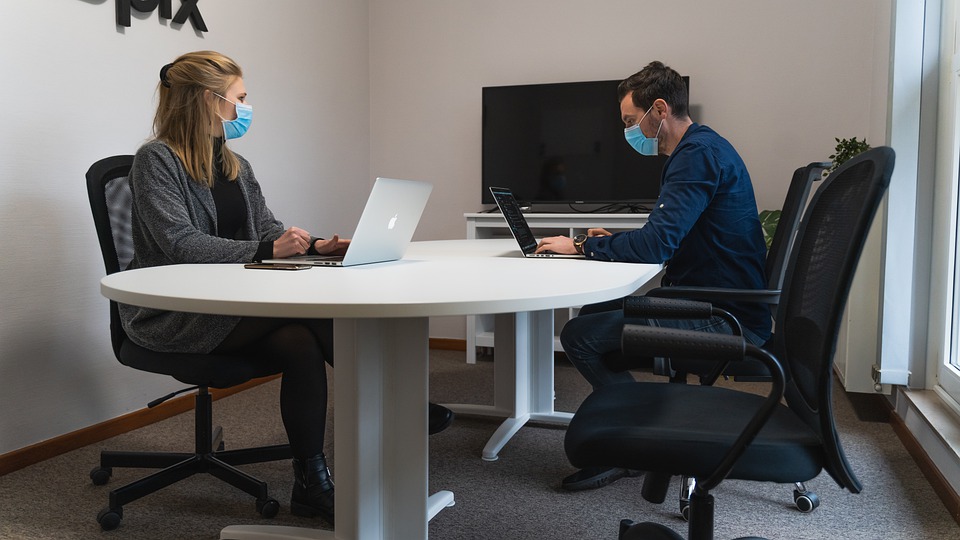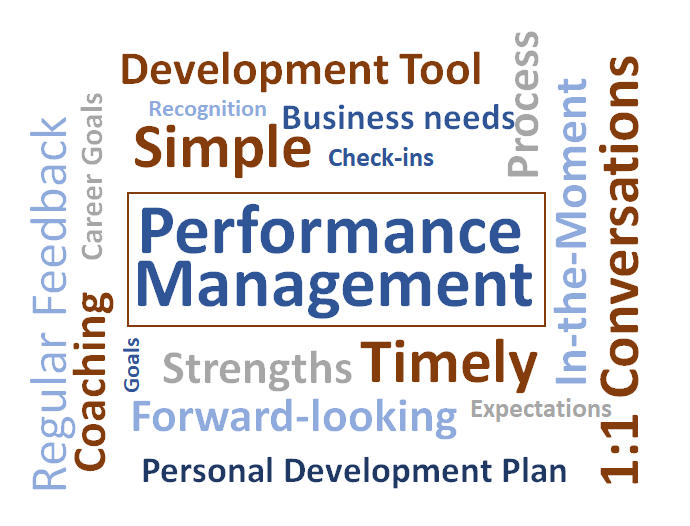It’s being called The Great Resignation and the facts are startling.
- Nearly 4 million workers left their jobs in June, according to the U.S. Bureau of Labor Statistics.
- 41% of workers are thinking about leaving their current jobs in the next 12 months, according to a recent Microsoft survey.
- 63% of workers who say they have a bad manager are planning to leave, according to the 2021 People Management Report from Predictive Index.
On top of that, in June, the number of job openings in the U.S. jumped to 10.1 million, the highest since the U.S. Bureau of Labor Statistics started tracking job openings 21 years ago.
There are a variety of reasons why workers are quitting. Some have safety concerns about going back to an office environment when we are still fighting COVID. Others have gotten used to working at home and want to maintain that flexibility. Or they are frustrated with their job, their company, their pay, or their leader and want to take advantage of what’s clearly a “workers market” to find something new.
So, as a leader what can you do to get ahead of The Great Resignation and reduce the risk of your top talent walking out the door?
First of all, there are three important things to remember:
- Employees do not want to go back to the pre-COVID work environment. According to a recent Accenture report, 83% of workers surveyed said they prefer a hybrid model in which they can work remotely at least 25% of the time.
- Bad leadership has always been and is still one of the top reasons employees quit.
- Replacing an employee can cost between 50-60% of that employee’s salary with overall costs ranging from 90-200%.
Retention strategies should be an integral part of your workforce planning. Here’s a refresher on some best practices/strategies with a few additions for our new way of working.
Begin retention at recruitment. Be sure that the job candidates interview for and accept is the job they get. Provide an engaging, thorough orientation with opportunities to connect with the team (even remotely) and the culture. Show them where they fit into the organization now and into the future.
Train your leaders. Too often leaders are thrown into the role without any leadership development. The result is that they end up repeating the bad habits of their leaders, perpetuating a negative cycle. Or they fail. 40% of new leaders fail because of poor fit, poor delivery, or poor ability to adjust to a change down the road. Just because they were successful as individual performers does not mean they will succeed as leaders. Train them to avoid #2 above.
Be flexible. Consider each job role and each individual as you create your plan for reopening/bringing workers back to the office. Be willing to acknowledge that employees can be productive working from home, and in fact, are often more productive without the commute and other distractions.
Provide feedback and recognition. Employees want to know how they’re doing and be recognized for their efforts. Don’t wait until the annual review to have those conversations.
Provide career development and opportunities. Make it a point to understand each employee’s career aspirations. If they want to do something different than their current role, maybe there’s an internal opportunity for them in a different department. Retain them by giving them a chance to grow within the broader organization.
Connect employees with resources. Many employees are stressed and burned out from all that we’ve been through over the past 18 months. Let them know about your Employee Assistance Program (EAP) if you have one, or connect them with other resources for help.
And finally, be sure that you and other leaders in your organization are paying attention to your own burnout and accessing resources as necessary. Another startling statistic: 73% of teams with burned out managers said that they were feeling burned out. (Predictive Index)
It’s important for leaders to model behavior that encourages employees to take time off and to not work around the clock. For example, sending email at 10 pm to employees doesn’t encourage work life balance.
If you have questions about employee retention or need help putting together retention strategies, please consider Connect to HR’s 3-hour Just in Time Advisory Service. Many of my clients are finding this service helpful as they develop their return-to-work plans.
You do not have to do it alone!
Contact us today for a FREE 45-minute consultation to see how Just in Time: Your Guide to HR can benefit you.
https://calendly.com/michellemendoza-connecttohr/45min
You can reach me directly at michelle@connecttohr.com, and find out more about our services at www.connecttohr.com.














